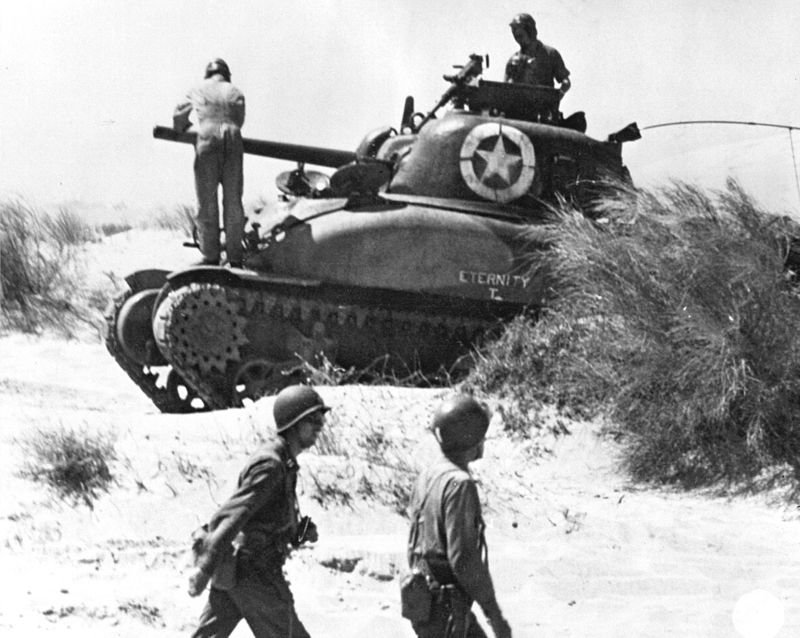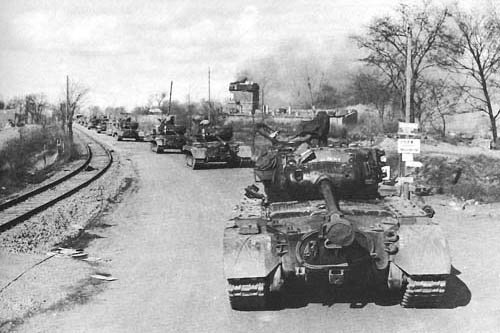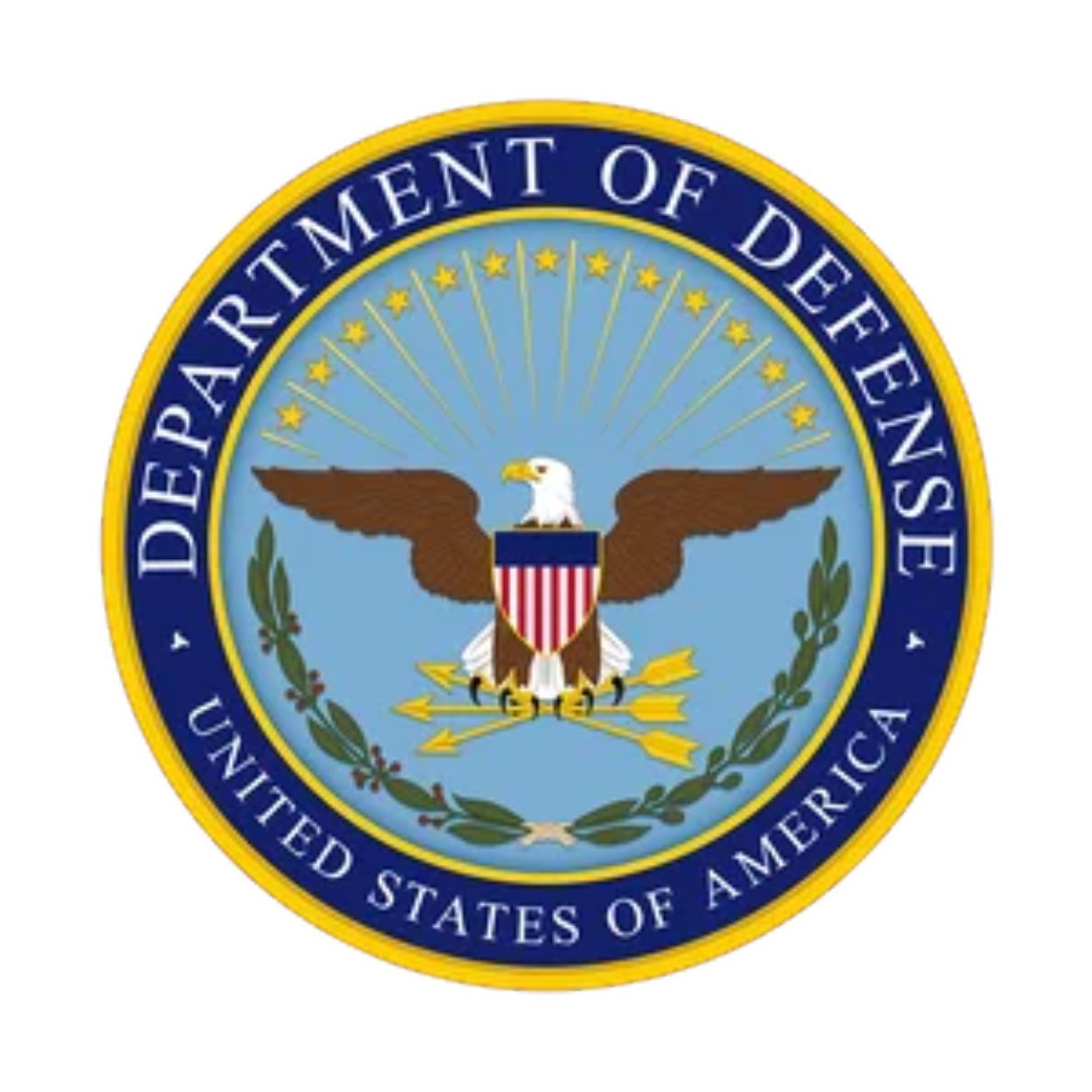
This article was originally published on Oct. 21, 2019, by the Department of Defense.
The battlefields of World War II featured some game-changing technologies. Strategic bombers debuted in the skies. Aircraft carriers reigned supreme on the seas. And the star of the land campaign was the tank.
Tanks were first used toward the end of World War I, but in a limited way and mostly for close support of infantry.
Between World Wars I and II, improvements were made to the tank engine to give it greater speed and power; track and suspension systems and weaponry upgrades came as well.

Doctrine also evolved that gave tanks a greater role as a major-maneuver warfare asset — including use as mobile artillery support, a replacement for the traditional horse cavalry and combat engineering roles.
Before the U.S. entered World War II, the Army held large-scale, combined-arms exercises in Louisiana — aptly called the Louisiana Maneuvers. Some tanks and anti-tank forces were deployed by friendly and opposition forces. However, there were not enough tanks available for the exercises, so trucks with the word “tank” painted on them served as surrogates.
The lessons learned proved valuable to the troops who participated and the senior leaders who led the exercises and rose to senior-level generals during the war, including Omar Bradley, Dwight Eisenhower and George Patton.

Meanwhile, America’s allies and foes were not idle in tank development, production and doctrine. They were producing very capable tanks — most notably Germany and the Soviet Union, as well as the United Kingdom, France and others.
Early in the war, the U.S. relied on its light tank M2 series. They were light and maneuverable, but poorly armored. Some were employed in the Battle of Guadalcanal in 1943 — where the Japanese also fielded some light tanks — but a more capable replacement had been sought early in the war.
That replacement came in 1942 and was named the medium tank, M4, but it’s better known as the M4 Sherman.

Interestingly, it was the British who first dubbed it the Sherman, named for Army Gen. William T. Sherman, who fought for the Union during the Civil War.
About 50,000 Sherman tanks were produced from 1942 to 1945 and they saw service in both the Pacific and European theaters. They continued to be used for many years after the war.
The first heavy Army tank was the M26 Pershing, which was deployed near the end of the war. Its design informed the blueprint for the postwar M60 series.
Through the lend-lease program, the U.S. shipped tanks to allies worldwide, including the Chinese, free French government-in-exile of occupied France, British and the Soviets.
While tanks saw action in the Pacific, they really came into play in Europe and North Africa where there were large, open spaces suitable for maneuvering. They were also effective in urban warfare.

Patton’s Third Army employed tanks during the Battle of Arracourt in France in September and October of 1944 and later that year in the Battle of the Bulge to the northeast of France, Belgium and Luxembourg.
The largest tank battle in history, however, was the Battle of Kursk in July and August 1943 between German and Soviet tank forces on the Eastern Front.
Today, tanks remain an important element in the Army, the Marine Corps and in the arsenals of other nations. They’ve been deployed in recent years in Iraq, Afghanistan and elsewhere.

For more content like this, visit defense.gov.
BRCC and Bad Moon Print Press team up for an exclusive, limited-edition T-shirt design!
BRCC partners with Team Room Design for an exclusive T-shirt release!
Thirty Seconds Out has partnered with BRCC for an exclusive shirt design invoking the God of Winter.
Lucas O'Hara of Grizzly Forge has teamed up with BRCC for a badass, exclusive Shirt Club T-shirt design featuring his most popular knife and tiomahawk.
Coffee or Die sits down with one of the graphic designers behind Black Rifle Coffee's signature look and vibe.
Biden will award the Medal of Honor to a Vietnam War Army helicopter pilot who risked his life to save a reconnaissance team from almost certain death.
Ever wonder how much Jack Mandaville would f*ck sh*t up if he went back in time? The American Revolution didn't even see him coming.
A nearly 200-year-old West Point time capsule that at first appeared to yield little more than dust contains hidden treasure, the US Military Academy said.












